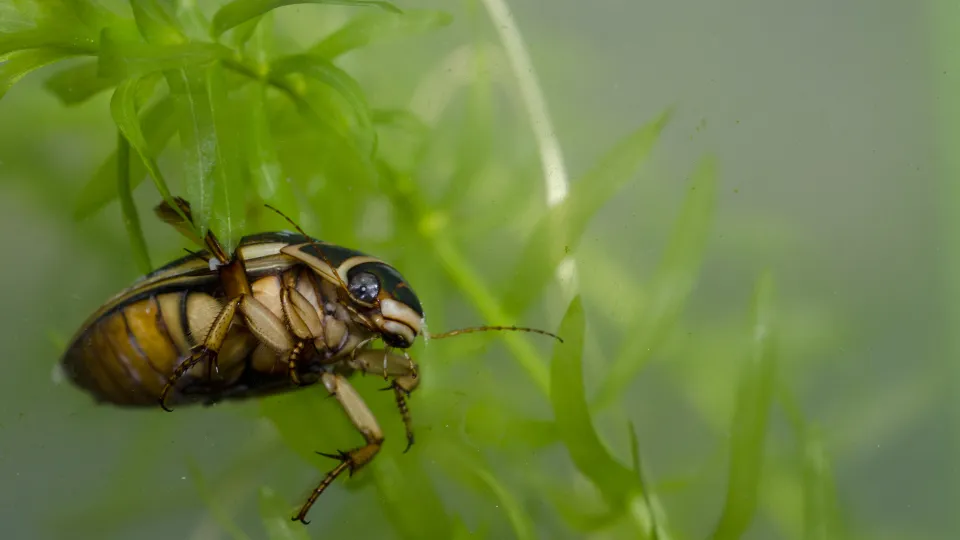
Great diving beetle
The Great diving beetle is a large and voracious predator of ponds and slow-moving waterways. Blackish-green in colour, it can be spotted coming to the surface to replenish the air supply it stores beneath its wing cases.

The Great diving beetle is a large and voracious predator of ponds and slow-moving waterways. Blackish-green in colour, it can be spotted coming to the surface to replenish the air supply it stores beneath its wing cases.
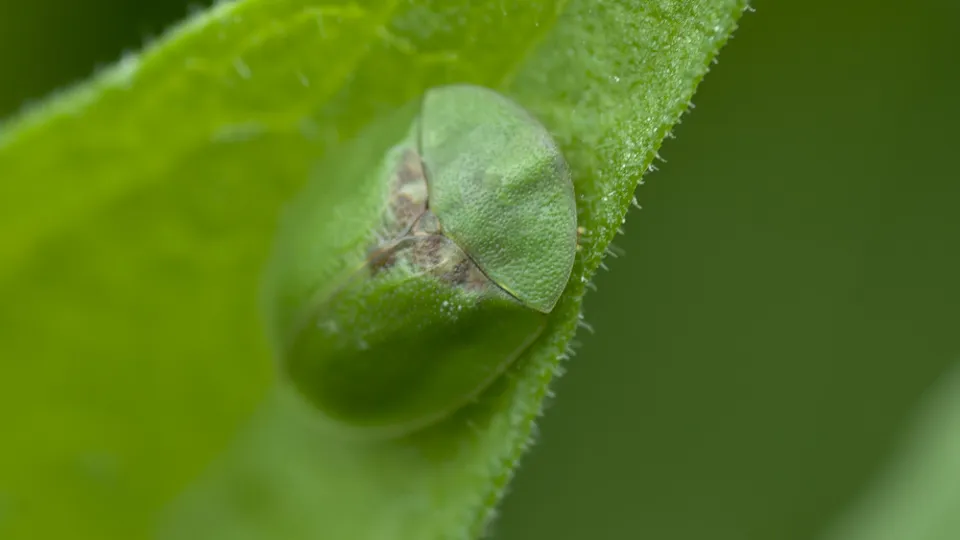
When threatened, the Green tortoise beetle acts just like a tortoise, pulling its feet and antennae in and hunkering down, gripping the leaf it is on as tightly as possible. Look for it on White Dead-nettle in gardens and hedgerows.
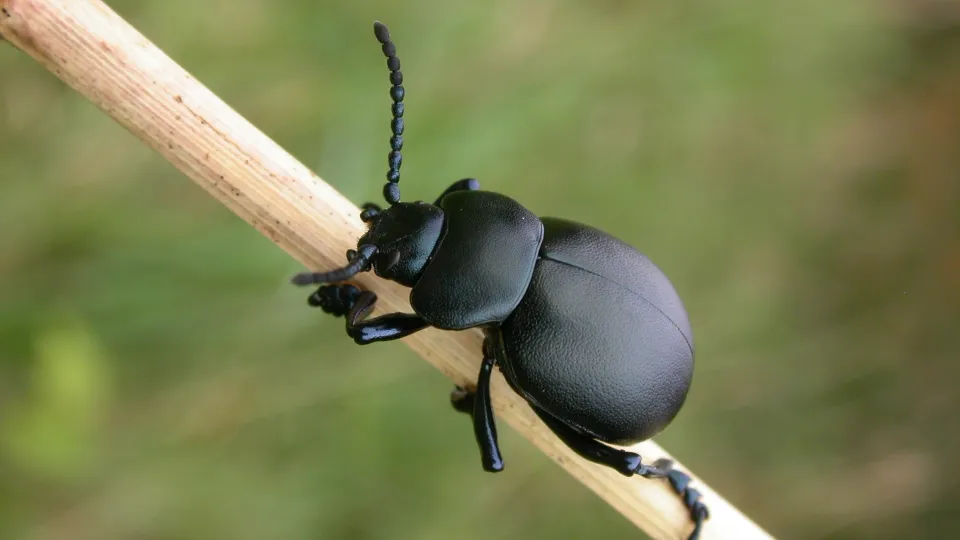
The common name of the Bloody-nosed beetle derives from its unusual defence mechanism: when threatened, it secretes a distasteful blood-red liquid from its mouth. This flightless beetle can be found on grassland and heathland, and along hedgerows.
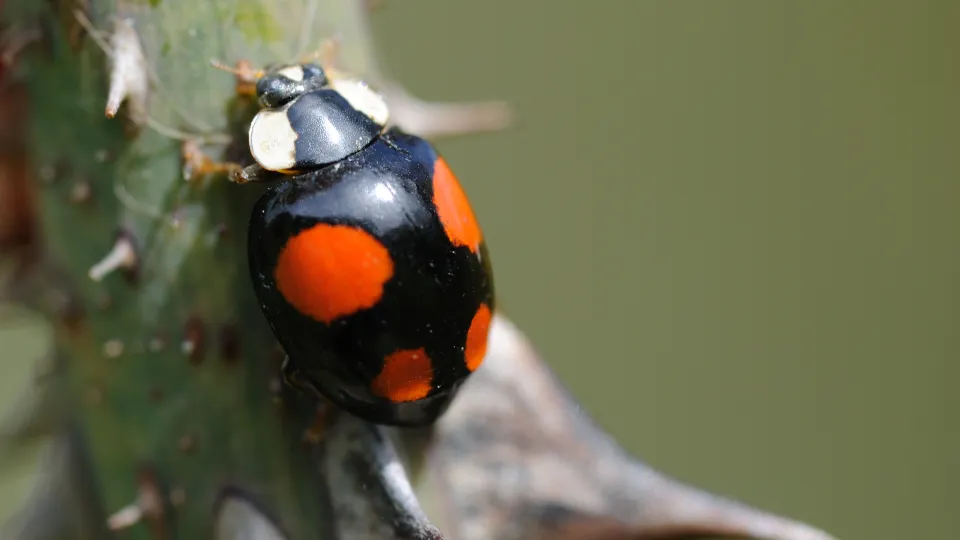
A non-native species originating from Asia, the harlequin ladybird is prevalent in towns and gardens.
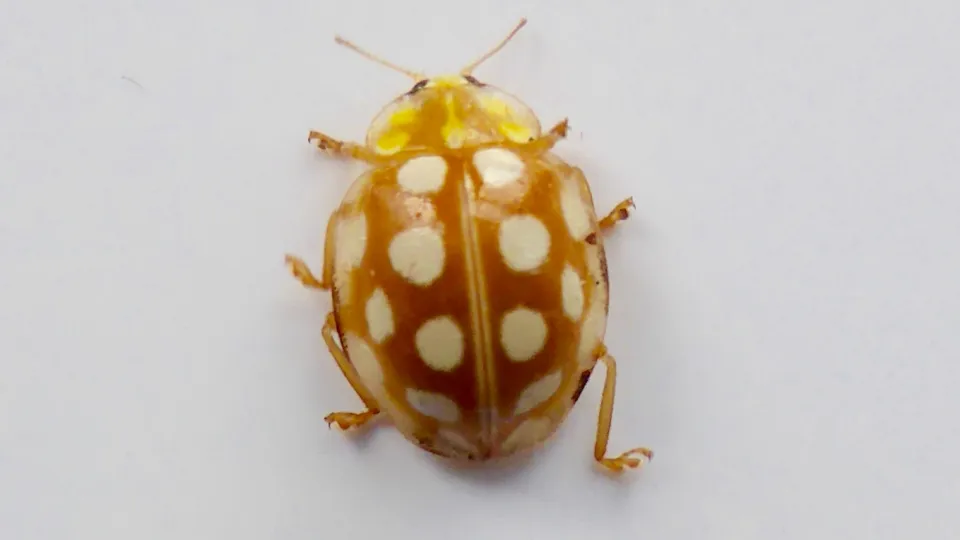
The orange ladybird is pale orange with up to 16 cream spots on its wing cases. It feeds on mildew on trees like sycamore and ash, and hibernates in the leaf litter. It often turns up in moth traps.
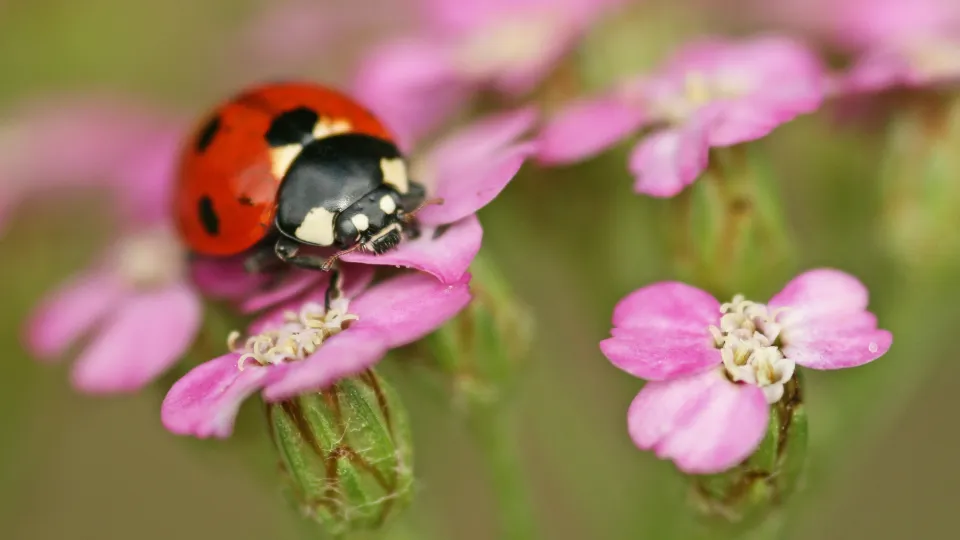
One of our most common ladybirds, the black-on-red markings of the 7-spot ladybird are very familiar. Ladybirds are a gardeners best friend as they eat insects that love to nibble on garden plants! You can encourage them into your garden by putting up a bug box.
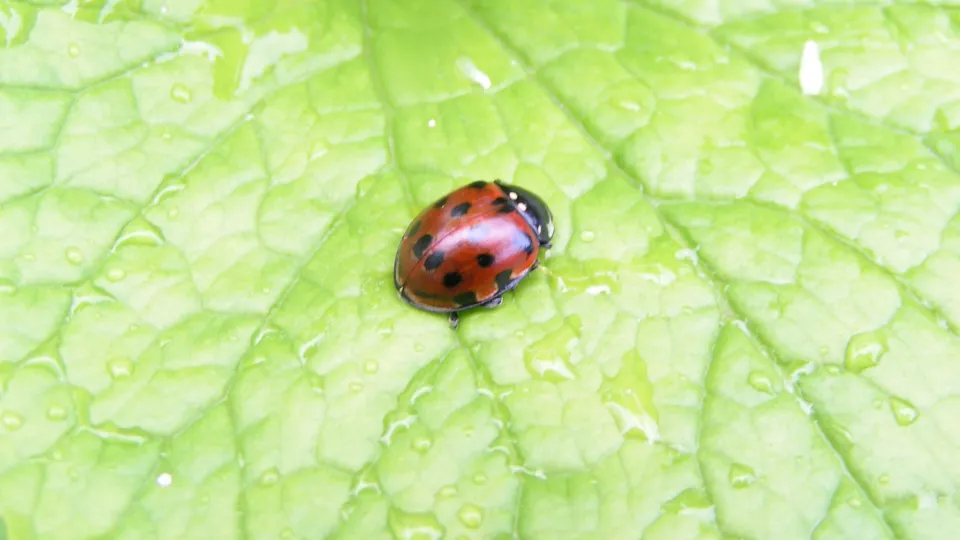
The large eyed ladybird is unmistakeable: it is our only ladybird with yellow rings around its black spots. Ladybirds are beneficial insects, managing garden pests - encourage them by putting up a bug box.
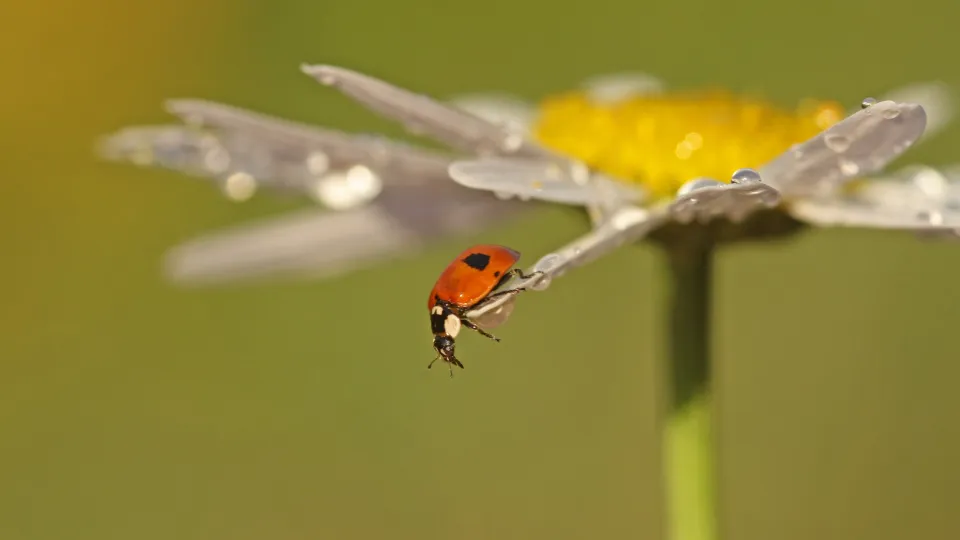
Our most common ladybird, the black-on-red markings of the 2-spot Ladybird are familiar to many of us. Ladybirds are beneficial insects, managing garden pests - encourage them by putting up a bug box.
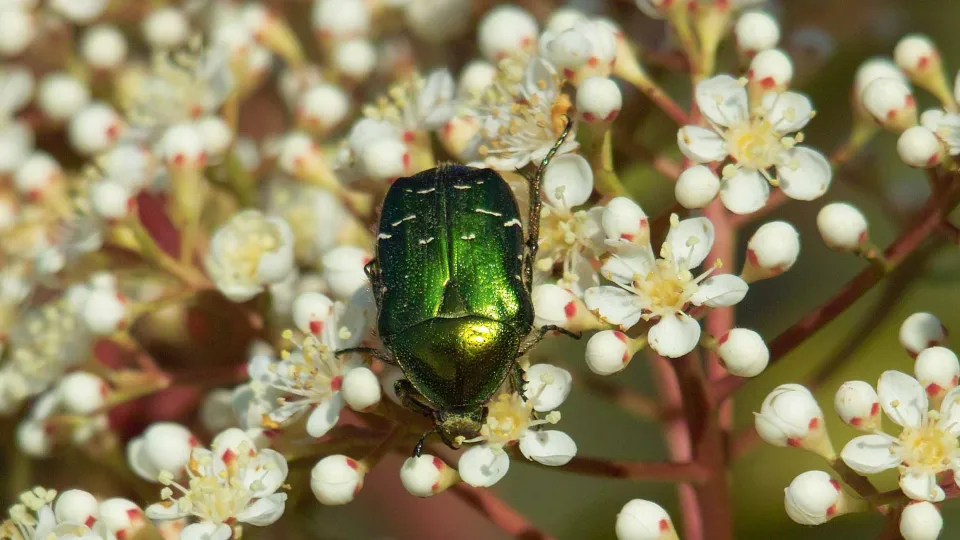
The rose chafer can be spotted on garden flowers, as well as in grassland, woodland edges and scrub.
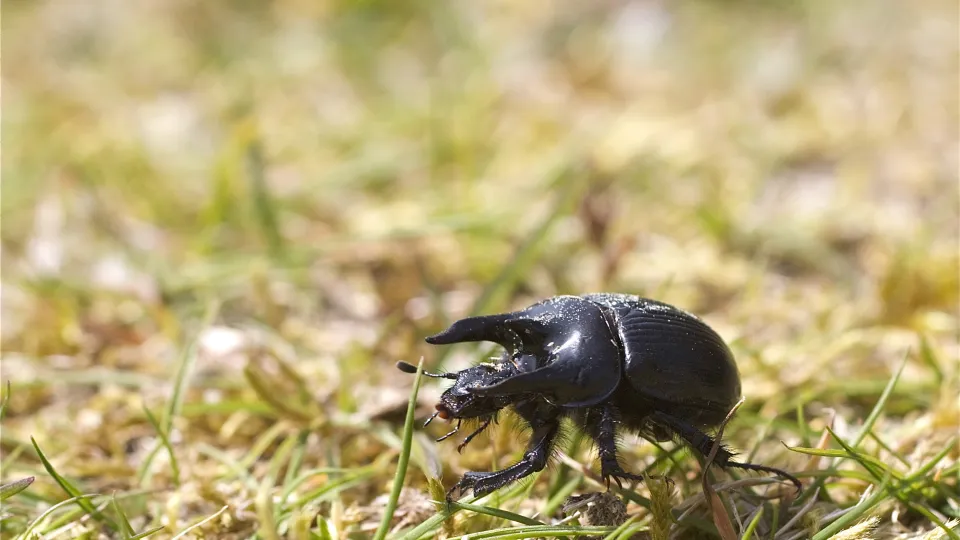
So-named for its three bull-like horns, the Minotaur beetle is a large dung beetle found on grassland and heathland from the autumn. Adults drag dung back to their nests for their larvae to feed on.